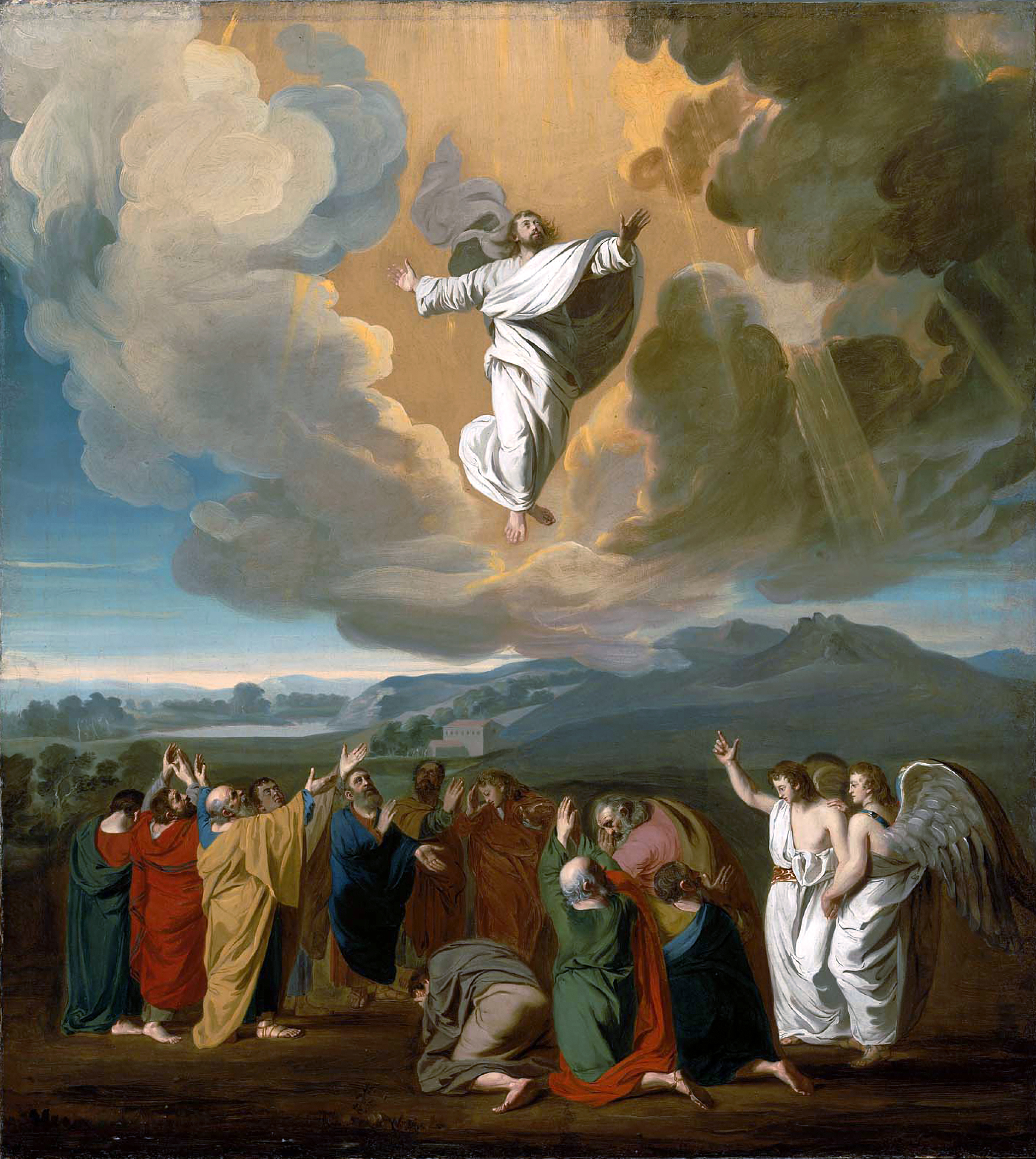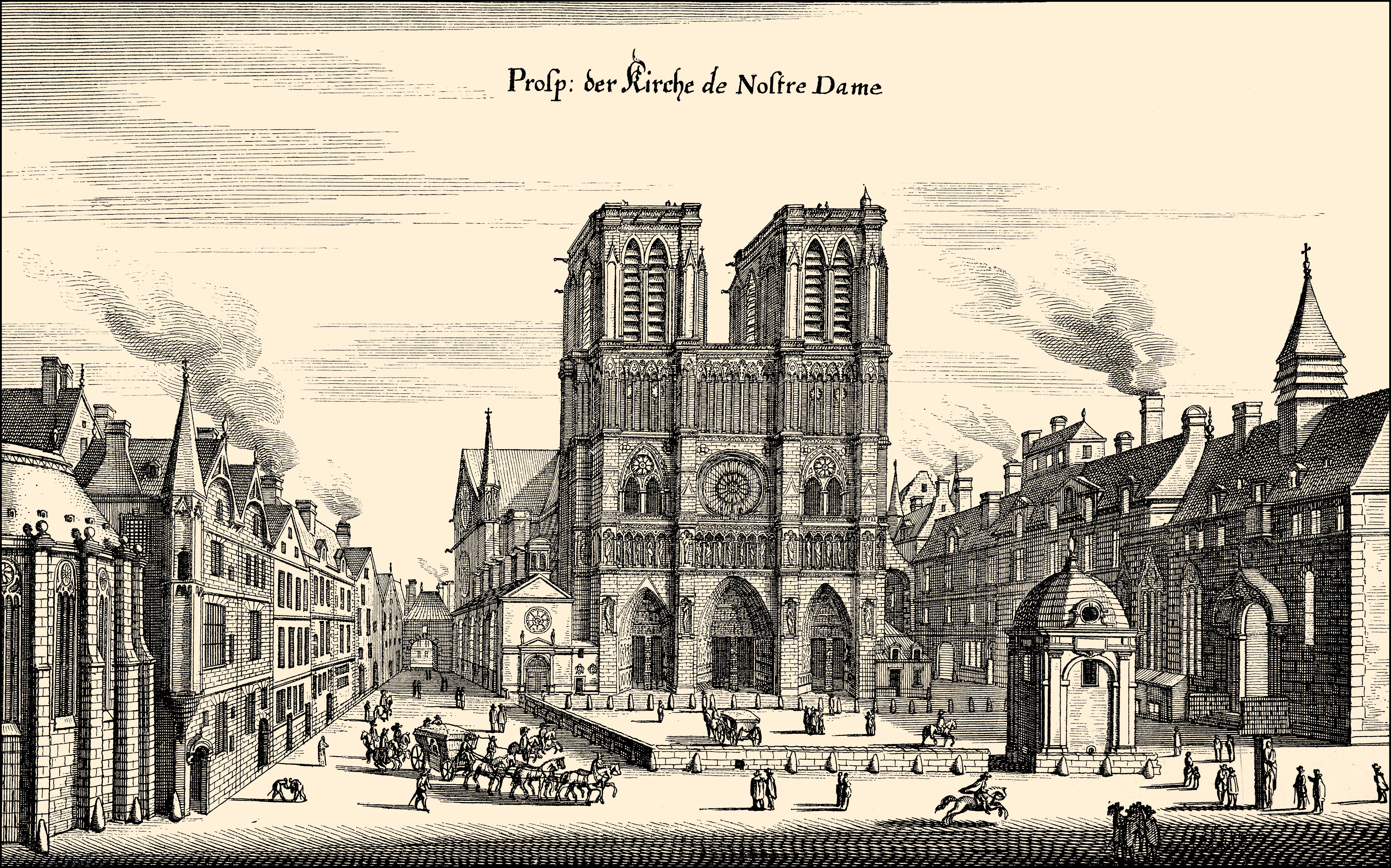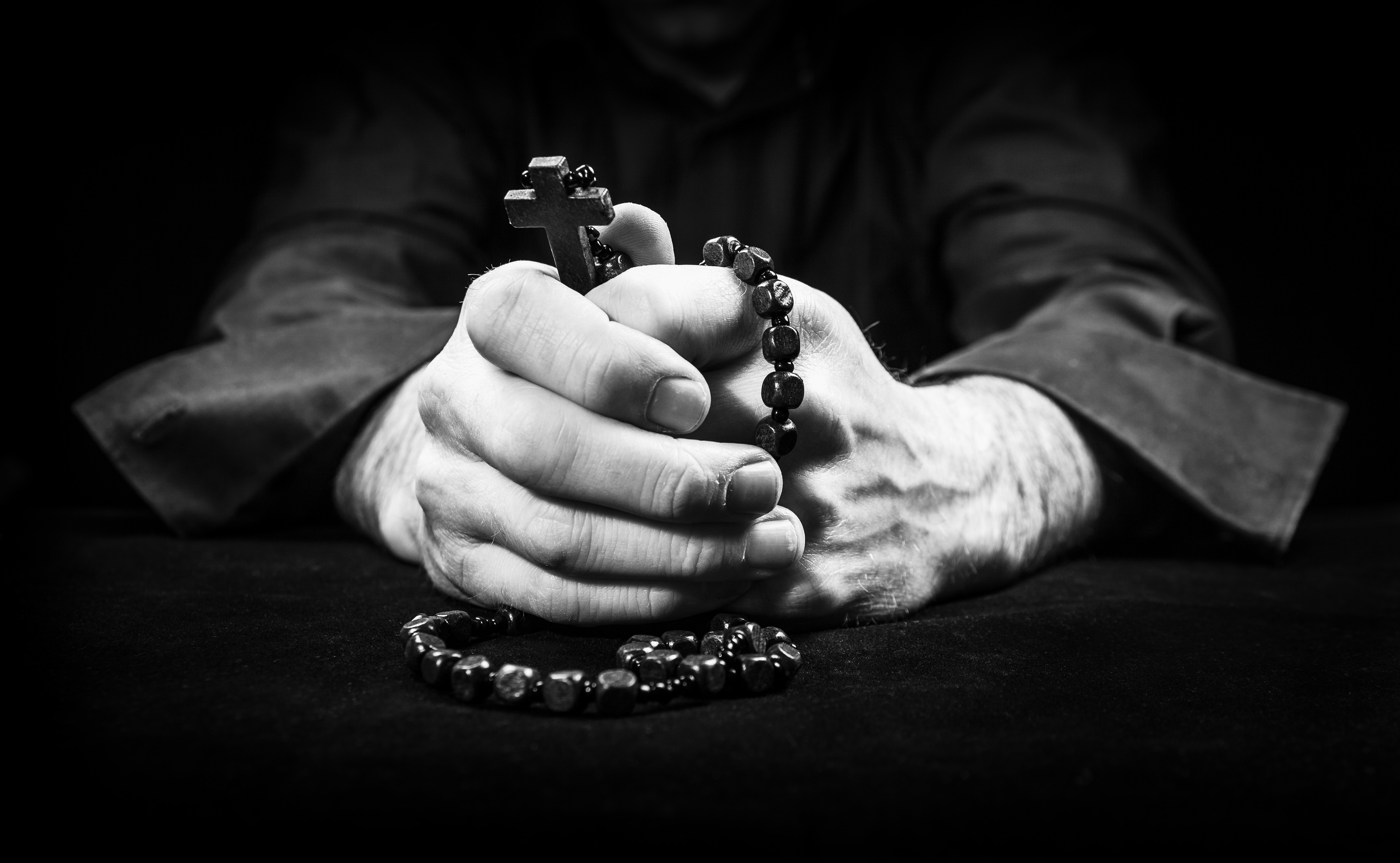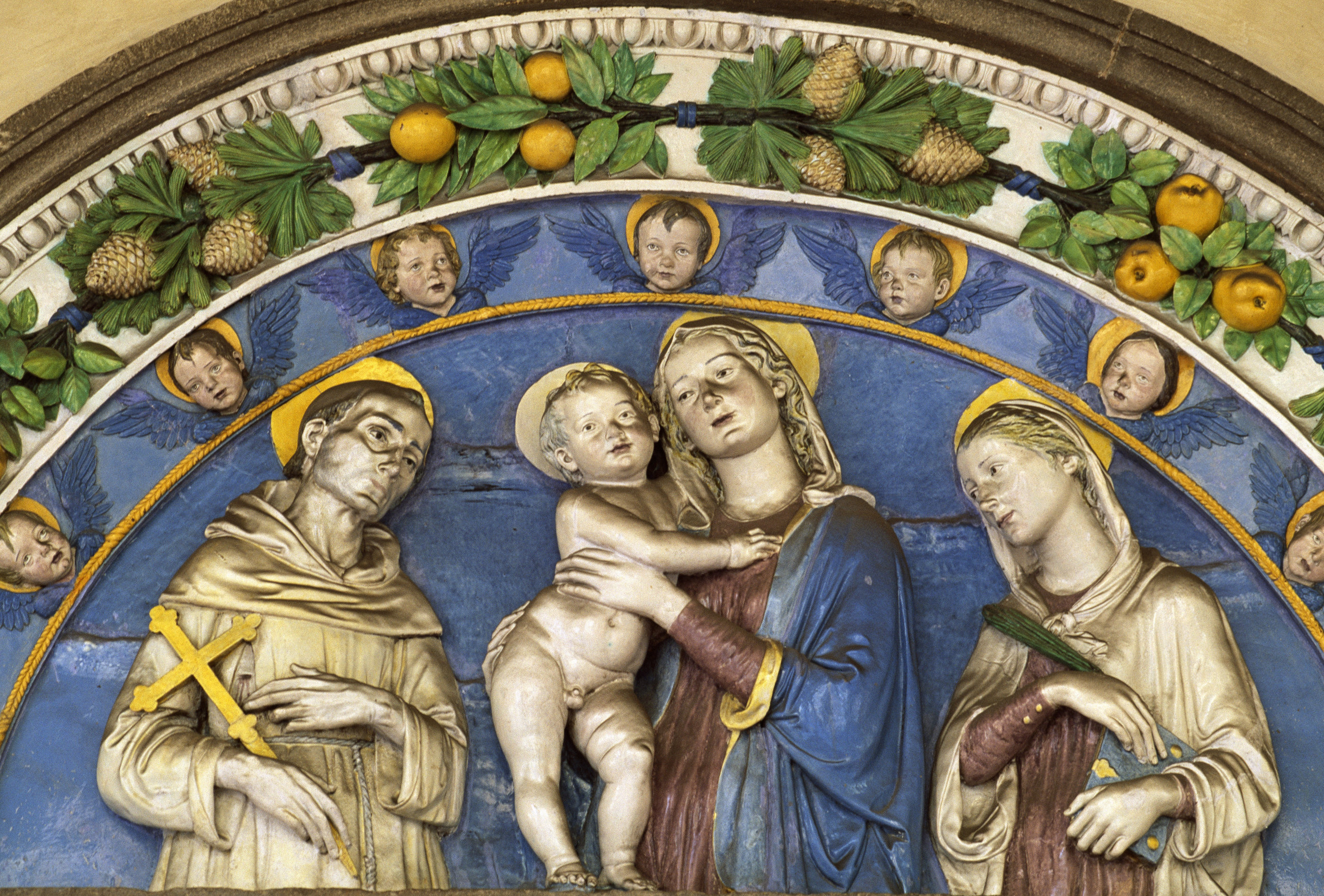4 competing theories on the theological meaning of Easter
Christus Victor, satisfaction theory, moral exemplar, and penal substitution


This Sunday is Easter, the culmination of the week in which Christians commemorate the death and resurrection of Jesus and celebrate what this means for our salvation. However, the connection between Christ's death and our salvation — and how these events can reconcile God and humanity — isn't exactly intuitive.
The basic story Christianity tells goes like this: God creates humans and wants to have a loving relationship with us. Instead, we sin and make that friendship impossible. So God comes to Earth to live as an ordinary human, die a terrible death, and rise again. That makes it so we can be friends with God.
Wait, what?
The Week
Escape your echo chamber. Get the facts behind the news, plus analysis from multiple perspectives.

Sign up for The Week's Free Newsletters
From our morning news briefing to a weekly Good News Newsletter, get the best of The Week delivered directly to your inbox.
From our morning news briefing to a weekly Good News Newsletter, get the best of The Week delivered directly to your inbox.
The Easter story seems so elementary, but some super-important details are missing in there. Like, how does Jesus' dying help anything? Why couldn't God just forgive us, like he's always telling us to do for other people? And if God is all-powerful, why did he need to live on Earth at all? Couldn't he just make a big announcement in the clouds or something?
How we answer these questions is called atonement theology. Theories of the atonement are ways we fill in the gaps in that basic story, showing how, at Easter, Jesus atones for our sins. It's how we explain what the life, death, and resurrection of Jesus actually do — why God became a human to repair our broken relationship.
Over the course of church history, Christians have answered these questions in four primary ways that I'll explain in chronological order. These atonement models are called Christus Victor, satisfaction theory, moral exemplar, and penal substitution.
Christus Victor
A free daily email with the biggest news stories of the day – and the best features from TheWeek.com
For the first thousand years of Christianity, the church explained why God became human through a family of atonement stories we together call Christus Victor, which is Latin for "Christ the victor" or "Christ victorious." Each of these stories differs a little in the metaphor it uses, but they all portray God as a triumphant rescuer: Jesus redeems us from slavery, ransoms us from evil, revives, restores, and reconciles us. Jesus defeats our enemies — sin, death, and the devil — and reigns victorious over the growing kingdom of God.
If you're familiar with C. S. Lewis's Narnia series, and particularly The Lion, the Witch, and the Wardrobe, you know Christus Victor. Just like Aslan sacrifices his life to rescue the traitor Edmund, defeats the White Witch, and frees all Narnia, so Jesus sacrificed his life to rescue sinful humanity, defeat Satan and even death itself, and free all creation to be restored to a relationship with God. Christus Victor says that, like Edmund, in sinning we've both betrayed God and become victims of evil, but God loved us even when we were his enemies, so much so that he willingly died to rescue us.
This view of the atonement shows up in all the early church heavyweights, the very first Christian theologians who lived closest to the time of Jesus. For instance, one early theologian named Irenaeus explained that God came to Earth so he "might kill sin, deprive death of its power," and restore life and freedom to all humanity. Similarly, Athanasius wrote that Jesus "brought death to nought" and was raised as a "monument of victory over death and its corruption."
This is a vision of a self-sacrificial God who overcomes our treachery and evil's bloodlust with his love.
Satisfaction theory
Right around the end of our faith's first millennium, a theologian named Anselm of Canterbury showed up and changed everything. In a book called Cur Deus homo? (Latin for "Why did God become human?"), Anselm answered that question very differently than Christians had for centuries.
His theory imagined God as a medieval lord with a bunch of unruly peasants who have "so offended [God] that not one of them, by any action of his own, can escape the penalty of death." The tricky thing to understand here is that Anselm isn't saying God is petty or unforgiving. The medieval world was a dangerous place, so a lord's main job was to maintain order and safety. Anselm saw God's main job as maintaining the order of the universe and our sin as a dangerous disruption of that order. It's not that God is holding a grudge, but that he has to punish our sin or the universe will go haywire.
The other complicating thing here is that in Anselm's time, the punishment for a crime depended on the criminal's social status. If a lord committed a crime against another lord, his punishment would be a lot lighter than if a peasant did the same thing to the same victim. That's why, when Anselm thinks about us sinning against God, he decides that only God himself — Jesus — can make up for what we did. Only God is God's equal, so only God can atone for sin against God. (This is confusing today because our criminal justice system doesn't work this way, but it made perfect sense back then.)
So Anselm says this is why Jesus became human: Because he was God, his death was important enough to restore order to the universe. But because he was also human, he got humanity off the hook at the same time.
Moral exemplar
About a century after Anselm totally revolutionized the way Christians understood the cross, another theologian, Peter Abelard, was unhappy with the new theory. Abelard — who is best remembered for a tragic love affair that gives Romeo and Juliet a run for its money — couldn't accept Anselm's perspective, but he didn't like Christus Victor, either.
He instead came up with a new theory called moral exemplar, which, as the name suggests, pictures Jesus as our moral example. The central point here is God's love. Abelard said when our sin made a loving relationship between God and humans impossible, God became human to demonstrate the depth of his love by his suffering and death. As we observe the love of Christ on the cross, we're motivated to reconcile with God and model our lives after Jesus. Because of Christ's example, Abelard wrote, "we cling both to him and to our neighbor by the indestructible bond of love."
As much as he wrote to refute Anselm, Abelard's theory retains a big feature of Anselm's view: In both, the devil has disappeared. Where Christus Victor sees forces of evil holding us in bondage to sin and death, for Anselm and Abelard, salvation is about overcoming a conflict between God and humanity. The barrier to reconciliation is not any external evil but God's commitment to order (for Anselm) or humanity's commitment to sin (for Abelard).
Abelard's approach never attracted as much of a following as the other theories — some people even claimed it was heresy when it was first introduced. Since then, however, the moral exemplar view has become popular among some Protestants and Catholics alike, and it can even work as a sort of add-on theory that complements one of the other three.
Penal substitution
The most recent major atonement theory, penal substitution, dates to the Protestant Reformation and theologians like John Calvin, the Reformer who founded the Presbyterian church. This view draws on Anselm's satisfaction theory, but by the time Calvin was writing, the medieval society that inspired Anselm no longer existed.
Gone, then, are the rebellious peasants who can't make up for what they did to the medieval lord. Instead, Calvin describes a courtroom with God as angry judge eager to punish human sinners. "We could not escape the fearful judgment of God," Calvin explains, but God spares us death because "the guilt which made us liable to punishment was transferred to the head of the Son of God."
Calvin's and Anselm's theories are often grouped together as a single view of the atonement — sometimes theologians even combine the names into "penal satisfaction" — but they come out of very different cultures and turn on very different ideas of God's goals and intentions. With Anselm, sin is a big deal not so much because God is angry at us, but because our behavior is threatening the whole order of the universe.
But with Calvin, we are all "sinners [who] were obnoxious to the judgment of God," and "without Christ God is in a manner hostile to us, and has his arm raised for our destruction." In fact, Calvin adds, we should expect love only from Jesus ("we look to Christ alone for divine favor and paternal love"), and we can't expect love from God the Father, whose relationship to humanity is based in his righteous law. God is our enemy before Jesus dies, and his goal in the atonement is justice, not rescue.
My view
I grew up in the heart of American evangelicalism, where Calvin's theory is the most popular way to explain Easter. I remember hearing the courtroom analogy a lot as a kid. It's like we're on trial, my Sunday school teachers said, where God the Father is the judge and Jesus is our defense attorney. The judge is angry at all the bad things we've done and sentences us to death, but then Jesus steps in and says, "No, kill me instead." So God kills Jesus, and then we don't have to die and go to hell.
But I also read The Lion, the Witch, and the Wardrobe. For a long time, I didn't realize the story C. S. Lewis told wasn't the same as the courtroom story. What I did know was that I loved it, and I loved the Jesus it showed me. As I got older and started studying theology, I found out Lewis wasn't just using a creative analogy — he was also sharing Christus Victor, the oldest understanding of the meaning of the cross.
Once I started reading what those earliest theologians said about Jesus and why he became human, I saw a huge contrast between Christus Victor and the penal substitution theory I'd been taught. In Calvin's paradigm, God the Father is the one holding up reconciliation. He's angry and he has to vent his wrath on somebody before he'll be in a relationship with us. He's the one who demands we die, and he's the one who kills Jesus in our place.
But in Christus Victor, God loves us. Not just Jesus — all of God is love, all three persons of the Trinity. Our betrayal and captivity to evil is what makes reconciliation impossible before Jesus becomes human. And like Narnia's White Witch, it is the devil, not God, who wants us dead. Instead of an angry judge who won't compromise his law to save us, the earliest Christians saw God as a loving rescuer who is willing to sacrifice himself on our behalf even though we made ourselves his enemy.
Today, I find that story far and away the most persuasive and biblical theory of the atonement, and it is a defining piece of my faith. With Irenaeus, I believe that at Easter we celebrate how Jesus "set free the weak, and endowed His own handiwork with salvation, by destroying sin. For He is a most holy and merciful Lord, and loves the human race."
Adapted excerpt from A Flexible Faith: Rethinking What It Means to Follow Jesus Today by Bonnie Kristian. Copyright © 2018. Available from FaithWords, an imprint of Hachette Book Group, Inc.
Bonnie Kristian was a deputy editor and acting editor-in-chief of TheWeek.com. She is a columnist at Christianity Today and author of Untrustworthy: The Knowledge Crisis Breaking Our Brains, Polluting Our Politics, and Corrupting Christian Community (forthcoming 2022) and A Flexible Faith: Rethinking What It Means to Follow Jesus Today (2018). Her writing has also appeared at Time Magazine, CNN, USA Today, Newsweek, the Los Angeles Times, and The American Conservative, among other outlets.
-
 Heavenly spectacle in the wilds of Canada
Heavenly spectacle in the wilds of CanadaThe Week Recommends ‘Mind-bending’ outpost for spotting animals – and the northern lights
-
 Facial recognition: a revolution in policing
Facial recognition: a revolution in policingTalking Point All 43 police forces in England and Wales are set to be granted access, with those against calling for increasing safeguards on the technology
-
 Codeword: December 14, 2025
Codeword: December 14, 2025The daily codeword puzzle from The Week
-
 Notre Dame is a magnificent monument to a misunderstood age
Notre Dame is a magnificent monument to a misunderstood ageThe Explainer Every now and then, the stars align to create a virtuous cycle of creative brilliance, which illuminates civilization for centuries afterwards. The great cathedral arose in such an hour.
-
Remember that you will die
The Explainer It's time for us to revive memento mori, the practice of remembering death
-
 Being Muslim in America
Being Muslim in AmericaThe Explainer Islam in the U.S. has a long, rich history, but fears of terrorism complicate the future. Here's everything you need to know.
-
 The twisted logic of evangelical colleges welcoming straight atheists and rejecting gay Christians
The twisted logic of evangelical colleges welcoming straight atheists and rejecting gay ChristiansThe Explainer At many evangelical colleges, you're better off godless than gay
-
 Terrence Malick's profoundly Christian vision
Terrence Malick's profoundly Christian visionThe Explainer The director's breathtaking new film, Knight of Cups, offers a movingly Christian outlook on life
-
 A pedophilia scandal is engulfing the oldest Catholic institution in France
A pedophilia scandal is engulfing the oldest Catholic institution in FranceThe Explainer Here's what you need to know
-
 5 ways to understand Christmas on a deeper level
5 ways to understand Christmas on a deeper levelThe Explainer From the metaphysical to the personal...
-
 Is America's obesity epidemic actually a spiritual crisis?
Is America's obesity epidemic actually a spiritual crisis?The Explainer There are many reasons why Americans love to eat too much. Some may be rooted in our deepest existential anxieties.
